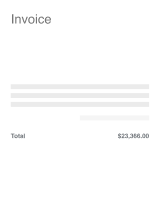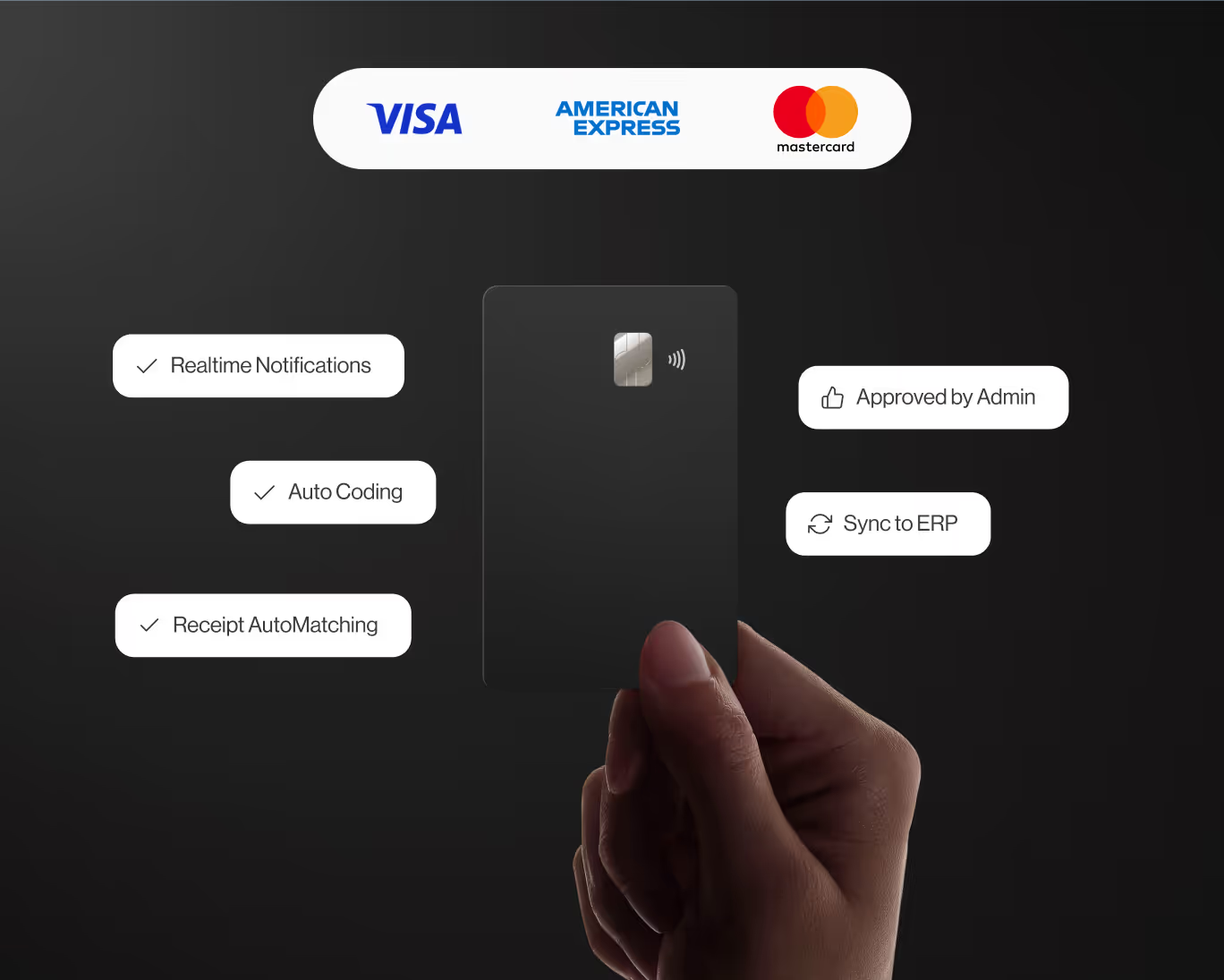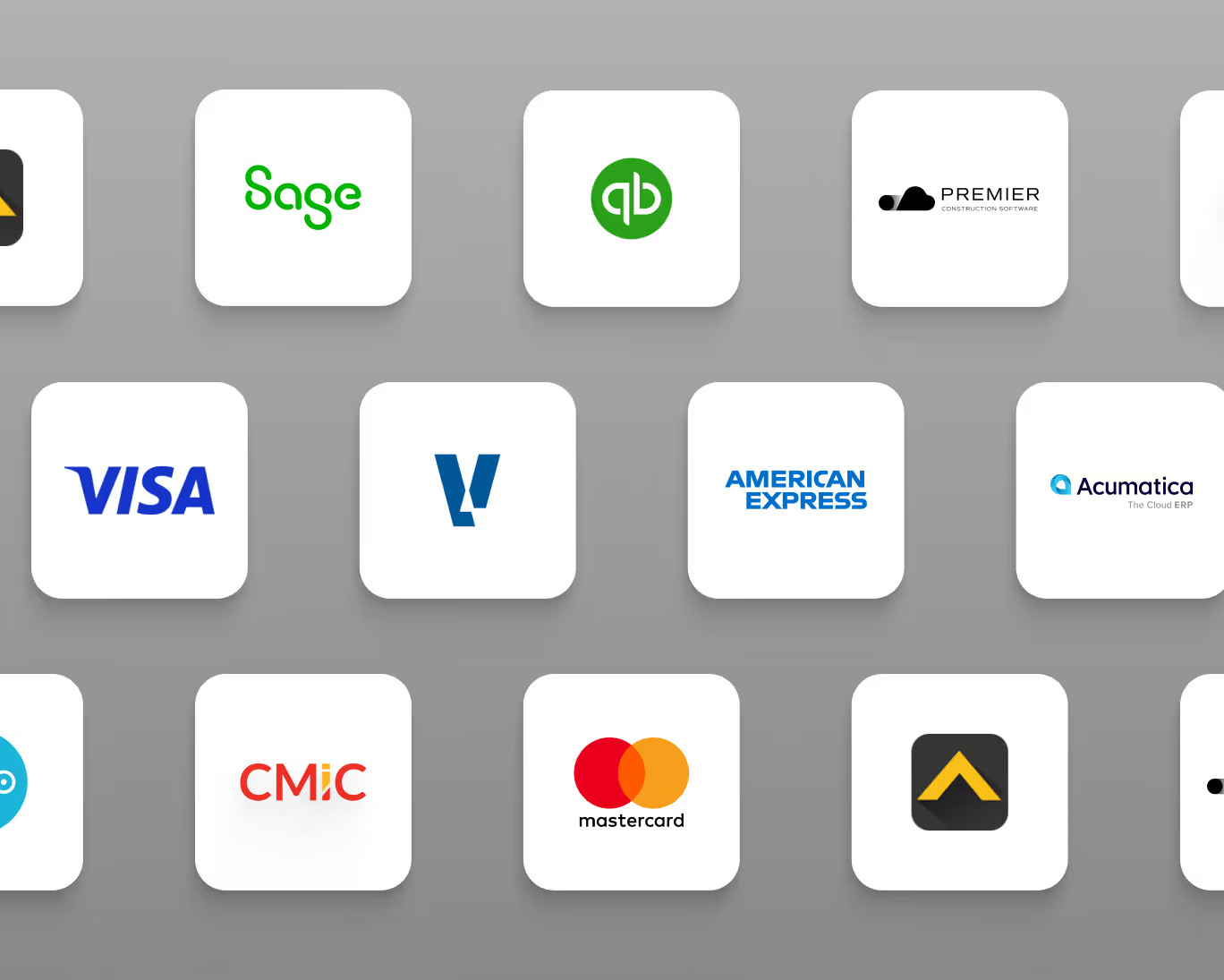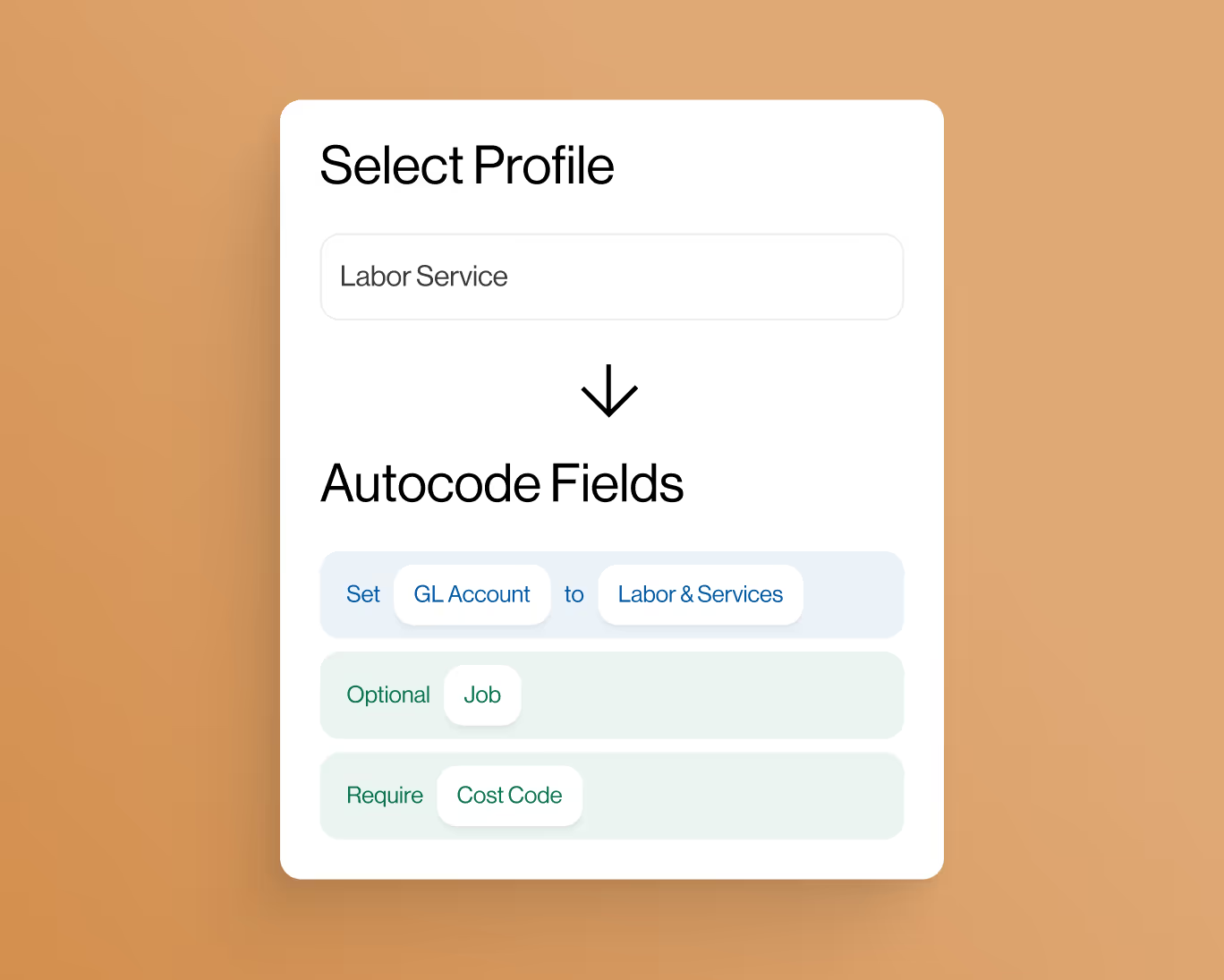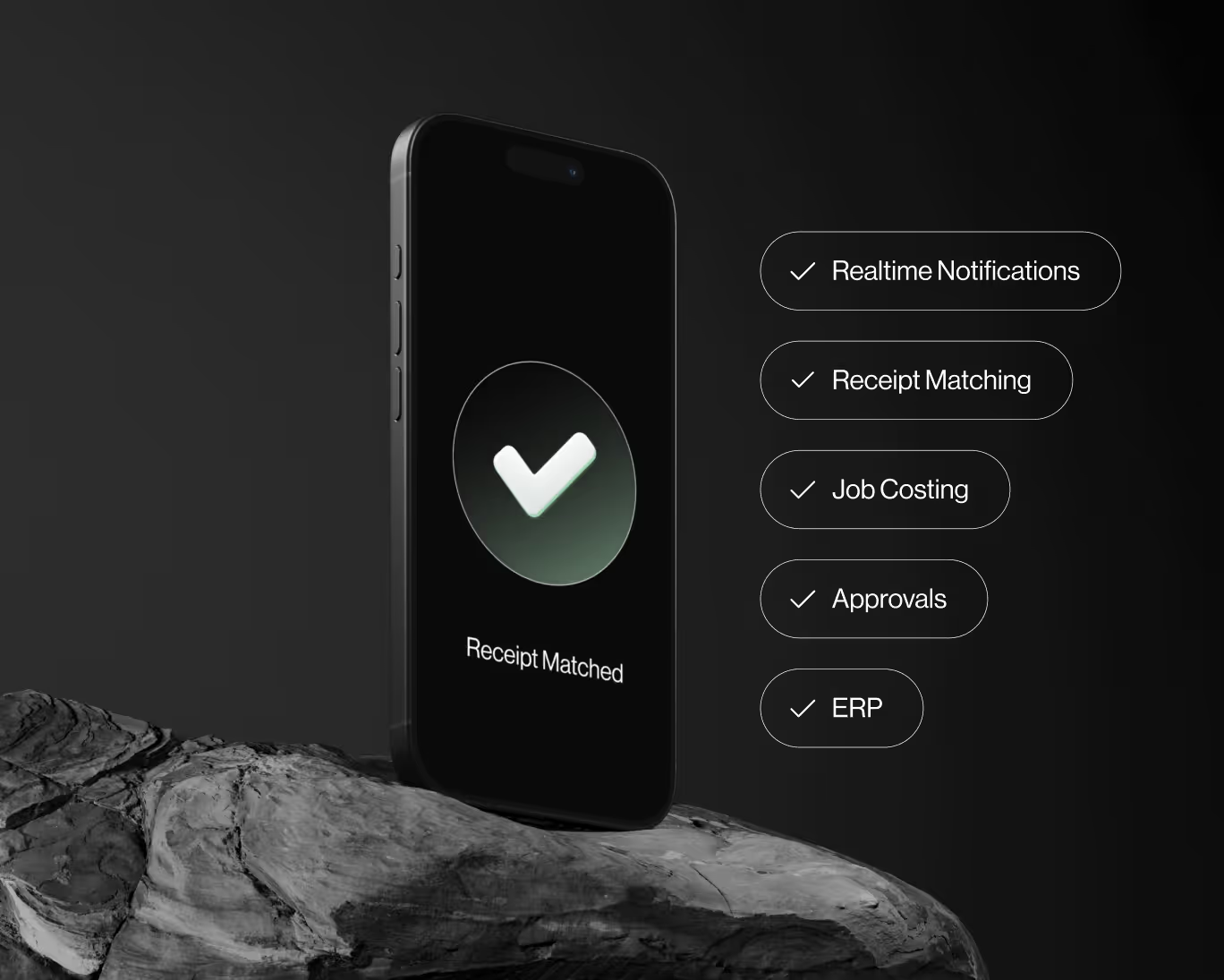Subcontractor Pay Application in Construction: Streamlining Payment Processes for Successful Projects
In the construction industry, subcontractors play a crucial role in project execution. As construction projects progress, subcontractors submit pay applications to request payment for work completed. Properly managing subcontractor pay applications is essential for maintaining positive relationships and ensuring the smooth functioning of construction projects. In this blog post, we will delve into the concept of subcontractor pay applications, their significance in construction, and best practices for streamlining payment processes to achieve successful project outcomes.
Understanding Subcontractor Pay Applications
Subcontractor pay applications, also known as payment requisitions or payment applications, are formal requests made by subcontractors to the main contractor or project owner for payment of completed work and materials. These applications serve as an essential communication tool between subcontractors and project stakeholders, facilitating the payment process and ensuring fair compensation for completed tasks.
A typical pay application includes details such as the percentage of work completed, the value of completed work, any additional costs or change orders, and a list of materials and equipment used. The main contractor or project owner reviews the pay application, verifies the completed work, and processes the payment accordingly.
Importance of Efficient Pay Application Processes
Efficient pay application processes are crucial for various reasons:
- Financial Management: Properly managing subcontractor pay applications helps ensure that subcontractors receive timely payments for their work, promoting positive cash flow and financial stability.
- Relationship Building: Timely and accurate payments foster positive relationships between main contractors and subcontractors, encouraging continued collaboration on future projects.
- Project Progression: Smooth payment processes allow subcontractors to remain focused on their work, contributing to the timely completion of construction projects.
- Dispute Avoidance: Detailed and transparent pay applications reduce the likelihood of payment disputes and promote better communication among project stakeholders.
Best Practices for Streamlining Pay Application Processes
Adopting best practices can streamline subcontractor pay application processes and improve overall project efficiency. Consider the following best practices:
- Clear Communication: Maintain open and clear communication channels with subcontractors to ensure they understand the pay application process and requirements. Provide guidance on filling out pay applications correctly.
- Standardized Templates: Use standardized pay application templates that capture all necessary information in a consistent format. This simplifies the review and verification process.
- Timely Submissions: Encourage subcontractors to submit pay applications promptly, ideally aligned with predetermined payment cycles.
- Accurate Documentation: Subcontractors should include accurate and detailed information in their pay applications, including the percentage of work completed and any change orders or additional costs.
- Review and Verification: Main contractors or project owners should promptly review and verify the completed work before processing payments. Timely verification prevents delays in payment disbursement.
- Transparency and Documentation: Maintain transparent records of all pay applications, verifications, and payment transactions. Detailed documentation helps address any potential discrepancies or disputes.
- Electronic Processes: Consider implementing electronic pay application systems to streamline submission, review, and approval processes. Electronic systems can accelerate payment cycles and reduce paperwork.
- Adherence to Contract Terms: Ensure that pay applications align with the terms and conditions specified in the subcontractor agreements or contracts.
- Payment Schedules: Establish clear payment schedules and adhere to them to maintain consistency in payment disbursement.
Collaborative Approach and Dispute Resolution
Despite best efforts to streamline pay application processes, disputes may still arise. A collaborative approach to dispute resolution is essential for maintaining positive working relationships. Address any disputes promptly and fairly, working together to find mutually beneficial solutions.
The main contractor and subcontractors should communicate openly about payment-related concerns and seek to resolve issues constructively. Establishing clear dispute resolution mechanisms in contracts can also help address conflicts should they arise.
Conclusion
Subcontractor pay applications are a critical aspect of construction projects, facilitating timely and accurate payments for completed work and materials. Efficient pay application processes promote financial stability, positive relationships, and successful project execution.
By adopting best practices such as clear communication, standardized templates, and electronic systems, construction companies can streamline pay application processes and avoid delays or disputes. Maintaining a collaborative approach to dispute resolution further contributes to successful project outcomes and fosters strong partnerships among project stakeholders.



